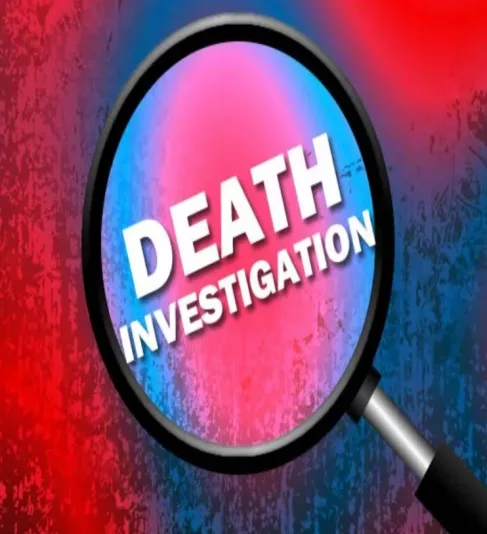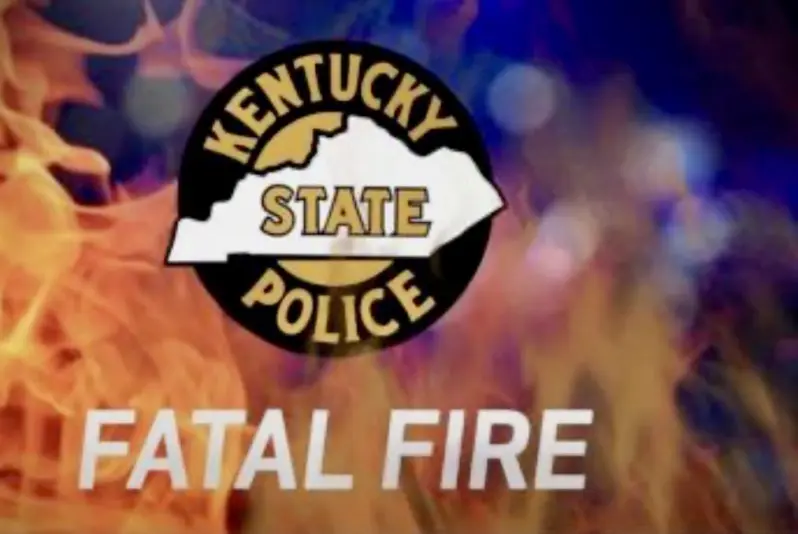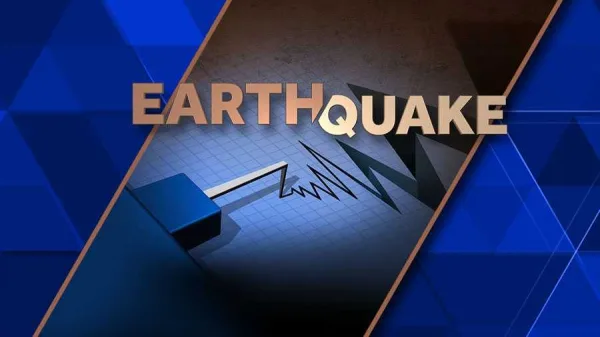
The National Weather Service (NWS) is now using new language to describe dangerous wintry conditions.
“This effort is part of the Hazard Simplification initiative which integrates public and partner engagements and social science research to improve and evolve our alerting system,” the NWS said.
The following language changes have taken place:
Extreme Cold Consolidation and Renaming
- Wind Chill Watch has been renamed Extreme Cold Watch
- Wind Chill Warning has been renamed Extreme Cold Warning
- Wind Chill Advisory has been renamed Cold Weather Advisory
Freeze Consolidation
- Hard Freeze Watch has been renamed Freeze Watch
- Hard Freeze Warning has been renamed Freeze Warning
“These changes seek to clarify that cold can be dangerous with or without wind, addressing a common misconception that extreme cold is only tied to colder temperatures when there is wind,” according to the NWS. “Dangerously cold weather can accompany or follow wintry precipitation, and the cold messaging can be overshadowed by the wintry precipitation.”
“These changes seek to clarify that cold can be dangerous with or without wind, addressing a common misconception that extreme cold is only tied to colder temperatures when there is wind,” according to the NWS. “Dangerously cold weather can accompany or follow wintry precipitation, and the cold messaging can be overshadowed by the wintry precipitation.”
By Ken Howlett, News Director
Contact Ken at ken@k105.com









